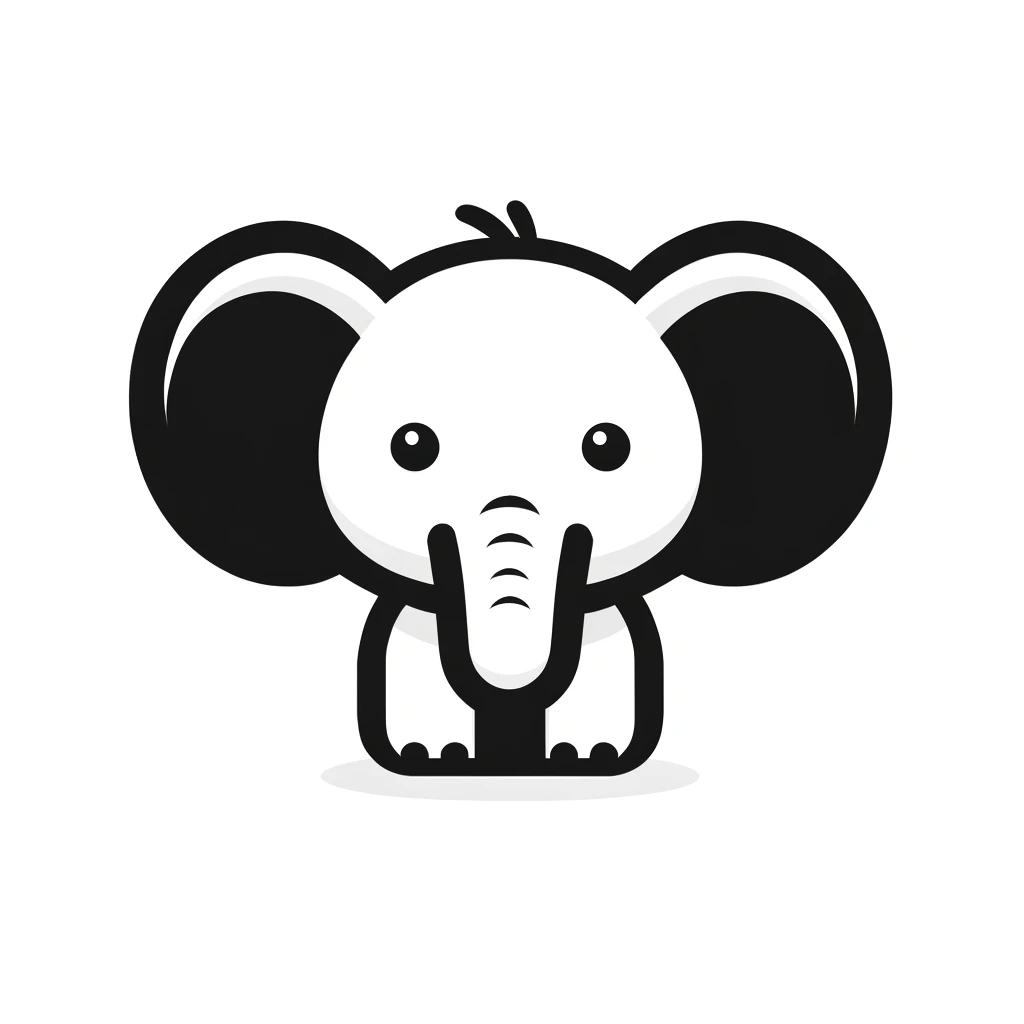In a time of widening ecological collapse, burnout, polarization, and fractured public discourse, the global conversation around sustainability has begun to shift. It is no longer enough to ask what needs to change in our policies, technologies, or economies. Increasingly, the question is becoming: who do we need to become in order to make that change possible?
The Inner Development Goals (IDGs) offer a response to that question. Not as a moral imperative or a productivity hack, but as a deeply human framework for cultivating the capacities we need to meet this moment—not with panic, but with wisdom.
Where It Began
The IDGs emerged in Sweden in 2020, not from a government or corporate think tank, but from a collaboration between practitioners, scholars, and innovators who sensed a deeper failure beneath our collective inaction. The founding partners—among them the Ekskäret Foundation, 29k, and the Research Institutes of Sweden—convened with leaders from business, science, education, and civil society. What they shared was the growing realization that our outer goals—like those outlined in the United Nations Sustainable Development Goals (SDGs)—were hitting an inner wall.
That wall, they discovered, was not a lack of resources or intelligence. It was a deficit in self-awareness, empathy, trust, and perspective. In other words, a crisis of consciousness.
“The world will not be saved by more information,” wrote environmental philosopher David Orr, “but by more wisdom.”
This was the spark. The IDGs were designed not to replace the SDGs, but to complement them—to give individuals, organizations, and societies the inner foundation required to realize sustainable change.
What the Inner Development Goals Actually Are
At the heart of the IDGs lies a framework of twenty-three essential qualities and skills, organized across five dimensions of human growth. These dimensions—Being, Thinking, Relating, Collaborating, and Acting—are designed to be developmental, interconnected, and open to personal and cultural interpretation.
What distinguishes the IDGs from traditional leadership or self-help models is their grounding in both rigorous research and timeless wisdom. Each domain is informed by psychological models of adult development, neuroscience, ethical philosophy, and spiritual practice. This is not about ticking boxes—it’s about cultivating qualities that allow us to move through the world with more depth, nuance, and connection.
Being: Relationship to Self
This is the foundation. Without a stable, reflective, and compassionate relationship to ourselves, no external change can be sustained.
Inner Compass refers to knowing what matters most to you and making choices aligned with that. It means anchoring decisions not just in reaction but in deep values.
Integrity and Authenticity describe the courage to live truthfully. This involves congruence—between what we say, what we do, and what we believe.
Openness and Learning Mindset ask us to remain porous, especially in the face of difference or failure. This is about humility, not passivity.
Self-Awareness is the ability to observe our thoughts, feelings, and behaviors without judgment. It allows for growth because it makes us visible to ourselves.
Presence speaks to the capacity to be here, now. In a culture of distraction, presence becomes a revolutionary act—of attention, of care, of reverence.
“Until you make the unconscious conscious, it will direct your life and you will call it fate.”
— Carl Jung
Thinking: Cognitive Skills for Complexity
Thinking is not simply about intelligence—it’s about perception. It’s about how we hold the world in our minds.
Critical Thinking involves seeing through assumptions, questioning narratives, and being willing to change your mind.
Complexity Awareness means recognizing that most challenges—climate, poverty, conflict—do not have single causes or easy fixes. It asks for systems thinking, pattern recognition, and multi-perspectival reasoning.
Perspective Skills are the ability to step into other worldviews, to hold competing truths without collapsing into confusion or defensiveness.
Sense-Making is perhaps the most subtle: it’s the capacity to orient within uncertainty. It is not the same as explanation. It is more akin to narrative weaving—a process of asking what matters, and why, in a shifting landscape.
“The ability to hold complexity without seeking premature closure is one of the rarest and most needed capacities of our time.”
— Nora Bateson
Relating: Care for Others and the World
If Being and Thinking prepare the ground, Relating is where the seed begins to grow into relationship—with humans and more-than-human life.
Appreciation is not mere positivity. It’s about attuning to beauty and value in the everyday, even amidst challenge.
Connectedness means seeing ourselves as part of a greater whole—socially, ecologically, spiritually. It is a felt experience of interdependence.
Empathy and Compassion are not soft skills. They are the muscle of belonging. Without them, collaboration becomes coercion and justice becomes abstraction.
Humility allows for the space of not knowing. It helps us step back and let other perspectives in, acknowledging that we are not the center.
Trust is what binds us. Not naive trust, but earned and extended trust. The kind that creates spaces where courage becomes possible.
“We are not problems to be solved. We are mysteries to be met with curiosity and care.”
— Parker J. Palmer
Collaborating: Social Skills for Co-Creation
In this dimension, the IDGs turn from inner capacity to outer synergy. This is where leadership becomes relational.
Communication Skills involve clarity, but also listening. They include the ability to speak from values and to adapt to different styles without losing integrity.
Co-Creation Skills highlight the importance of working together generatively. Not just cooperation, but emergence—allowing something new to be born from the interaction.
Inclusive Mindset and Intercultural Competence ask us to move beyond tolerance into true engagement with difference. This is the soil where equity grows.
Trust and Psychological Safety aren’t just HR buzzwords. They are conditions that allow vulnerability, dissent, and innovation to thrive.
“The success of an intervention depends on the interior condition of the intervener.”
— Bill O’Brien (as quoted by Otto Scharmer)
Acting: Driving Change with Integrity
This final dimension brings the inner and outer together in motion. Not frantic busyness, but rooted action.
Courage means acting in alignment with what matters, even when it costs. It’s not about being fearless. It’s about doing it anyway.
Creativity is not just artistic expression—it’s problem-solving, adaptation, imagining new paths when the old ones collapse.
Optimism is not naive positivity. It’s the decision to believe that renewal is possible, despite evidence to the contrary.
Perseverance reminds us that transformation is not always swift. It takes time, failure, renewal, and often, rest.
Agency is the recognition that we are not powerless. Even small actions—if aligned—can ripple into real change.
“You are not a drop in the ocean. You are the entire ocean in a drop.”
— Rumi
Not Just Insight, but Application
This framework is not theoretical. Municipalities, businesses, NGOs, and individuals are using the IDGs as the backbone of leadership programs, education models, wellness initiatives, and strategic planning. It’s being integrated into how we teach, how we work, and how we imagine collective futures.
Some use it to design organizational culture. Others use it for personal journaling or as part of team rituals. Some schools are beginning to use it to reimagine what it means to educate the whole child—not just for performance, but for participation in life.
Because these qualities are not fixed traits. They are capacities. They can be cultivated, revisited, and deepened across time.
The Movement Behind the Model
It is easy to mistake the IDGs for another development tool or performance metric. They are not. They are part of a broader movement—a call to make inner work public, and public work personal.
Their quiet radicalism lies in this: they shift the question from What should we do? to Who are we becoming? They remind us that policy without presence, and vision without values, will not carry us far.
And perhaps most importantly, they name what many already feel. That beneath the noise of urgency, there is a deeper rhythm calling us back to ourselves. That our outer crises are invitations to inner maturity. And that the future will not arrive by force—but by becoming the kind of people who are ready to receive it.
“We cannot solve our problems with the same thinking we used when we created them,” said Albert Einstein. The IDGs take this a step further: we must become the kind of people who can think—and feel—differently.
References and Suggested Reading
Inner Development Goals Official Website: https://www.innerdevelopmentgoals.org
Tomas Björkman – The World We Create, Perspectiva Press, 2019
Robert Kegan and Lisa Lahey – Immunity to Change, Harvard Business Press, 2009
Otto Scharmer – Theory U: Leading from the Future as It Emerges, Berrett-Koehler, 2009
David Orr – Ecological Literacy
Parker Palmer – Let Your Life Speak
Rainer Maria Rilke – Letters to a Young Poet
29k Foundation – https://29k.org

